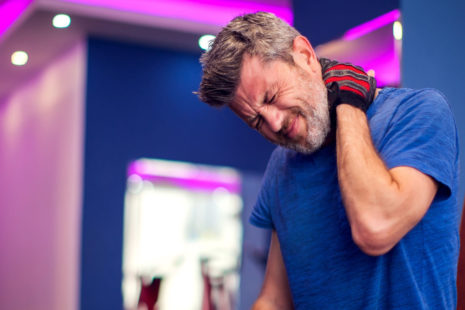Doctors typically treat a Boxer’s fracture, which is a type of fracture of the neck of the fifth metacarpal bone (the bone in the hand that leads to the little finger), through a combination of techniques to realign the fractured bone and promote proper healing. Here is how doctors commonly address a Boxer’s fracture:
- Assessment: The first step is to assess the severity and displacement of the fracture. Doctors may use X-rays or other imaging studies to get a clear view of the fracture’s alignment and any potential complications.
- Reduction: If the fracture is displaced (meaning the broken ends of the bone are not aligned), a doctor may perform a reduction. During this procedure, the doctor will manipulate the fractured bone to bring it back into its correct anatomical position. This is often done under local anesthesia to numb the area and minimize pain.
- Immobilization: After reduction, the doctor may immobilize the hand to keep the fractured bone in place and prevent further movement or displacement. Immobilization is typically achieved through the use of a splint or a cast. In some cases, a doctor may prescribe a custom-made cast to provide a snug fit.
- Pain Management: Doctors may prescribe pain medications or recommend over-the-counter pain relievers to manage pain and discomfort during the healing process.
- Monitoring and Follow-up: Patients with Boxer’s fractures should have regular follow-up appointments with their doctor to monitor the healing progress. These appointments may include X-rays to ensure the fracture is healing correctly.
- Hand Therapy: After the immobilization period, hand therapy or physical therapy may be recommended. A hand therapist can guide the patient through exercises to improve range of motion, strength, and flexibility in the hand and fingers.
The specific treatment plan may vary depending on the individual and the characteristics of the fracture. In some cases, surgery may be required, but this is relatively rare for uncomplicated Boxer’s fractures. It’s crucial to follow the doctor’s recommendations closely and attend all scheduled follow-up appointments to ensure the fracture heals properly.
Self-treatment or ignoring a Boxer’s fracture can lead to complications and may result in long-term hand and finger issues. Therefore, if you suspect you have a Boxer’s fracture, it’s important to seek prompt medical attention to ensure proper diagnosis and treatment.




